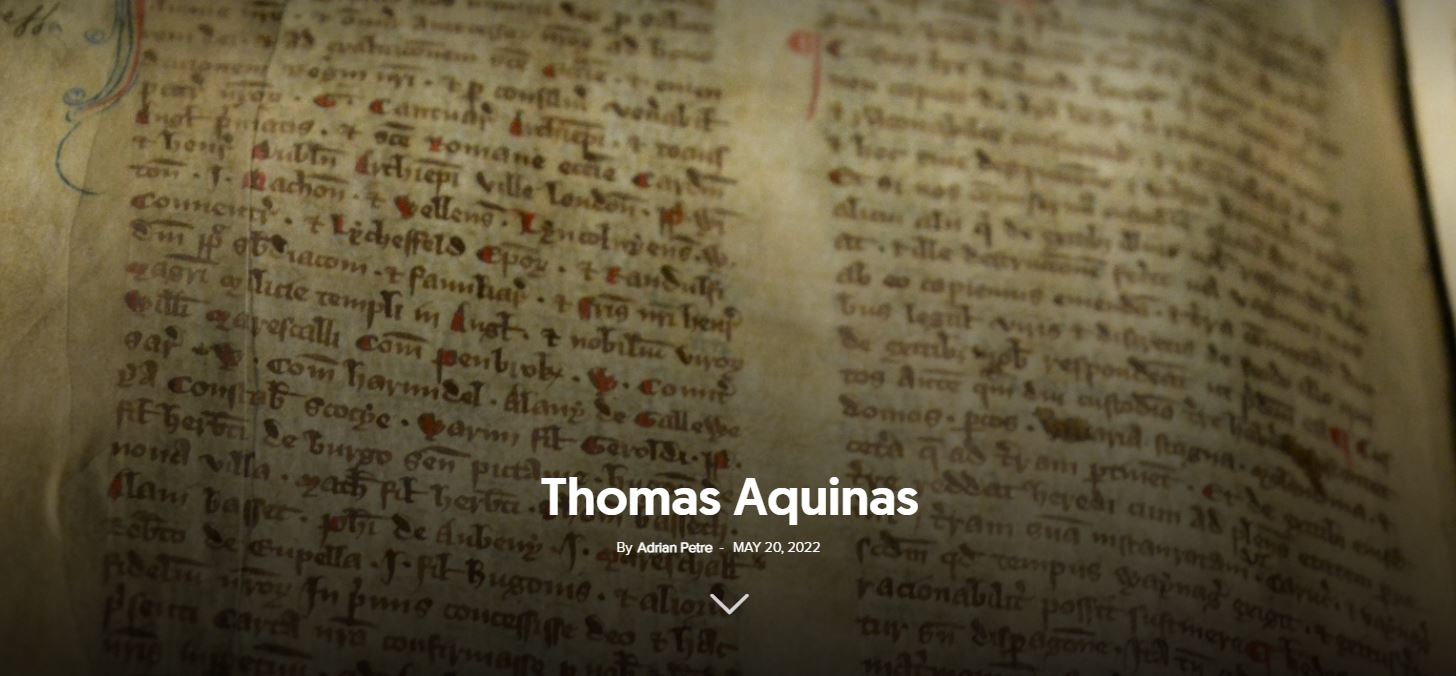“The world concedes without hesitation or dispute that Gutenberg’s invention is incomparably the mightiest event that has ever happened in profane history.” Mark Twain[1]
A former blacksmith in the city of Mainz turned pioneer typographer, Johann Gutenberg (1400-1468) invented the movable type in 1439/1440. Books, indulgences, pamphlets, calendars, and papal bulls all came out of his presses within 15 years, and Gutenberg fought to show that this nova forma scribendi had the same value as handwriting. The moment represented the evolution from manuscript culture to print culture.
While the first indulgence is dated 22 October 1454[2], the first product that brought him fame came off his printing press in 1455—the Holy Scriptures, the Vulgate version, also known as the Gutenberg Bible. The preparation of the materials took six years, which was basically Gutenberg’s ideal from the beginning—that of a landmark work. Letters cast in metal moulds were a novelty compared to the wooden ones used previously. The ink was also new and it was now oil-based rather than water-based. About 300 different signs were made: letters, punctuation marks, and abbreviations. A team of 20 people worked side by side in the final stages, with six compositors working simultaneously, as each letter was set by hand.
The impact was huge. The Italian Bishop Piccolomini (the future Pope Pius II) wrote to his friend, the Spanish Cardinal Carvajal, apologising for not being able to get him a Bible from Frankfurt: “Buyers were set to be lined up even before the books were finished.”[3]
Printing conquered Europe and then all other continents. Within 50 years, printing boomed, with nearly 30,000 titles being printed in about 10 million copies, in fields such as religion, politics, grammar, official texts, medical advice, astrology, and literature.
A spectacular success
The success of the movable type was due to the period in which it was invented. The advent of science, modernism, world travel, and great discoveries was on the horizon. Along with gunpowder and the nautical compass, Francis Bacon listed the printing press among the three inventions that “have altered the face and state of the world.” According to Victor Hugo, “the invention of printing is the greatest event in history. It is the mother of revolution. It is the mode of expression of humanity which is totally renewed.”
Prized as a “divine art” or scorned as “poor man’s friend,” the printing press was a private invention, outside the control of the state or the church, and so it was exploited both beneficently and malevolently: in addition to the travel notes of the great explorers, chivalric novels emerged; along with educational books, printing also provided the support for political revolutions; alongside Bibles and catechisms, indulgences were printed as well. In Mark Twain’s conclusion, the printing press “found truth astir on earth and gave it wings; but untruth also was abroad, and it was supplied with a double pair of wings.” Beyond all this, “rather than the lead of the bullets has the lead in the type cases of the printers changed the world,” noted German scientist Christoph Lichtenberg.
Christianity, the faithful customer
The success of the printing press was also due to the exceptional contribution of Christianity. Printing came at the very time of the Reformation, when the emphasis was on Bible scholarship. Christianity became the printing press’s most loyal customer and printing became one of the most effective ways of spreading Christian teaching.
It is acknowledged that “Luther…might have been silenced had the printing press not made his writings widely available.” At the same time, it is worth noting that in the first half of the 16th century, one-third of all books circulating in Germany bore the signature of the Reformer.[4] Martin Luther himself considered Gutenberg’s invention to be “God’s highest and most extreme gift, by which the business of the Gospel is driven forward.”[5]
The Catholic Church also made use of Gutenberg’s invention. “The printed calendars and indulgences that were first issued from the Mainz workshops of Gutenberg and Fust, for example, warrant at least as much attention as the more celebrated Bibles,” says print history scholar Elizabeth L. Eisenstein.[6]
Gutenberg’s invention held supremacy in information management for 500 years. Despite the advent of the internet, printing still consumes hundreds of millions of tonnes of paper every year. Moreover, moving into the digital world, the name of the inventor is distinguished through “Project Gutenberg“—a library of tens of thousands of ebooks.
For the invention that changed the world, in the book 1000 Years, 1000 People, Johann Gutenberg was declared the Man of the Millennium.




















